Vocalist Roya Naldi, in her mid-twenties, is probably not a household name among Syncopated Times readers—yet. This interview will hopefully change that. She has just released her first CD with the Chicago Cellar Boys on Rivermont. That’s what sparked this conversation.
Bill Hoffman: Your website gives only a brief introduction to yourself. What else would you like our readers to know (e.g., how you got into music, your main teachers or influences, what drew you to 20s and 30s pop, any other background information you want to mention)?
Roya Naldi: Many people ask me what got me into 1920s and 30s jazz and over the years I’ve had to think about my answer. I grew up watching a lot of black and white films and TV shows. As a kid, I remember my parents renting things like the 1932 film “Tarzan the Ape Man,” The Three Stooges or Gilligan’s Island from the library. This media didn’t necessarily spotlight early jazz per se, but I think in a lot of ways it made me more accepting of old media at an early age. I learned to not immediately judge something as uninteresting simply because it was old or outdated.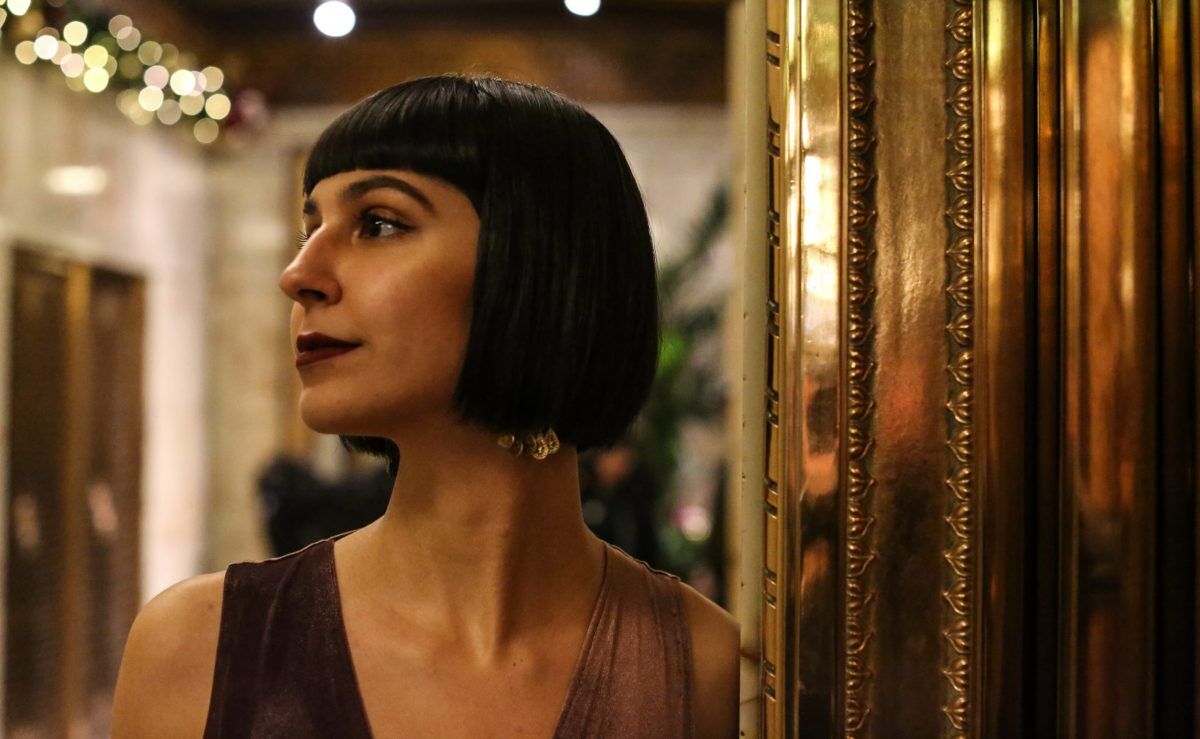
When it comes to music, I’ve always been a fan of retro stuff. Never have I been into what is current or popular at the time. When I was in junior high I was listening to The Beatles and my favorite song was “Lucy In the Sky With Diamonds.” I was always, and still am, the person into ‘weird music.’ People often ask me, “So who got you into early jazz music?” My answer is, “Me.”
I pursued this niche style of jazz in relative isolation. Nobody introduced me to it, none of my friends or family had even heard of Clarence Williams, so I discovered what I liked on my own. I got hooked on swing in junior high then quickly discovered that I liked the 20s stuff better. One thing led to another and I fell down the rabbit hole of classic jazz.
My road to classic jazz started with jazz and stride solo piano recordings by Jelly Roll Morton. Different from what you would expect, these instrumental tunes were what I first got into, and I discovered my love for vocalists of the 1920s and 30s a bit later. Music by Clarence Williams, King Oliver, Louis Armstrong’s Hot Five, McKinney’s Cotton Pickers, Albert Wynn’s Gut Bucket Five, etc., was so new and exciting to me. I’d never heard anything like it before! That level of dynamic playing along with the distinctive and captivating melodies sold me immediately.
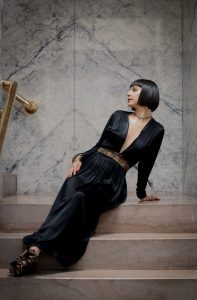 As time went on, I found that I really resonated with dance band music of the mid-1920s up to about 1932 and the singers that recorded during this time. This couple years in music still has some crazy hot tunes, but is rich in tragically romantic songs with beautiful melodies and poetic lyrics.
As time went on, I found that I really resonated with dance band music of the mid-1920s up to about 1932 and the singers that recorded during this time. This couple years in music still has some crazy hot tunes, but is rich in tragically romantic songs with beautiful melodies and poetic lyrics.
I’m a romantic at heart, so of course the songs and singers of this era stood out to me! There was such a drama to the music of that time, and with the mainstreaming of the microphone singers could begin to add more subtlety and emotion to their vocal style. As such, my love for Al Bowlly, Cliff Edwards, Bing Crosby, Annette Hanshaw, and many other singers was born.
Discovering this music made me consider being a singer because I felt I’d found ‘it.’ You don’t know you’re searching for a specific type of music that resonates with who you are until you find it. So, once I found ‘it’ I was so captured that I felt the need to be a part of it somehow!
I am not a full-time musician. (Currently I’m a no-time musician!) I do have a day job here in Chicago at a craft coffee shop. It’s a nice, steady job that allows a lot of flexibility for scheduling around music gigs. I design and sew most of the gowns I perform in myself! From a young age I was into sewing clothing and vintage fashion, so I find making vintage style gowns a splendid, practical outlet for my love of handmade fashions.
BH: Are you a native Chicagoan? If not, what drew you there as opposed to somewhere else?
RN: I am not from Chicago, no. I am originally from Seattle, WA, but haven’t lived there for about four years now. I hopped around the Midwest a bit after I left my home state, first moving to Minneapolis, then to St. Louis, then Chicago a little over two years ago. I just celebrated, or at least attempted to under the shelter-in-place order, my two year Chicagoversary on May 1st!
I felt a strong pull to Chicago after I first played a gig here, in January of 2018, at the invitation of Andy Schumm. He had visited St. Louis, where I was living at the time, a couple months before and had heard me sing. I suppose he liked what he heard because he invited me to sing with the Chicago Cellar Boys at their steady Sunday night show at Honky Tonk BBQ.
Upon visiting I felt like I connected with everybody, the band and listeners, on a deeper level than anywhere else I’d lived. They loved vintage jazz even more than I did and they accepted me so warmly because I was passionate about it too. I felt very at home in the city of Chicago as well; its fast pace, beautiful architecture, and vibrant music scene was right up my alley. So, after later having a great time with everyone at my first Tribute to Bix Fest in Racine, WI, I quickly decided to move to Chicago two months later and be a part of it all!
BH: Could you describe your formal musical training?
RN: I don’t really have much formal musical training. When I first thought, “Hey, I really like singing and I don’t think I’m too bad at it,” I decided to take lessons from a teacher in Seattle whom a friend had recommended. These lessons only lasted about a year or so. She was a fine teacher and taught me valuable skills like proper breathing, control, and generally how to not hurt your voice while singing.
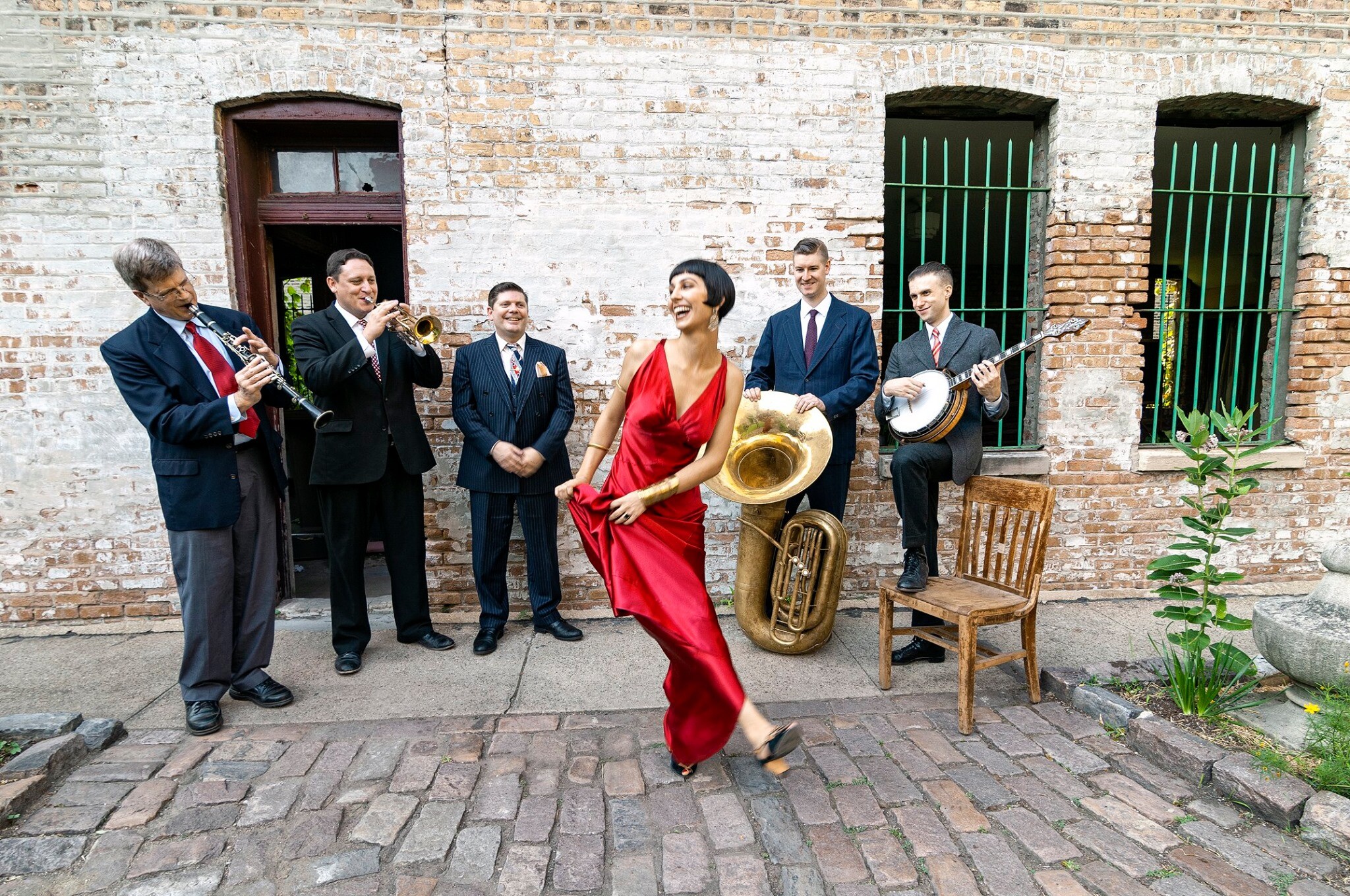
However, I learned practically all I know, especially stylistically, from just listening to 1920s and 1930s jazz. I am blessed with a good ear, which for any musician is a quite an asset, and I was able to pick out the stylistic vocal nuances singers used back then. Most singers in this style stick pretty close to the written melody, which I learned very early on from listening to old recordings.
This seems so simple, but that in itself really differentiates this style of jazz singing from others, which often focus on how much you can improvise around the melody and, in a way, make it a new song. That’s not the case with classic jazz. Early jazz singers also had a unique way of ‘sliding’ up and down from notes, especially when hitting a higher note. This is not a modern vocal technique, and hardly anybody does it any more. A generous amount of vibrato was also very prevalent in vintage jazz singing. I have always naturally sung with a lot of vibrato, so perhaps that’s part of what drew me to sing this music because it felt very natural. All in all, I heard all of these (and more) characteristics in classic jazz singing from the music and learned to recreate it with my own voice.
When it comes to the ability to sing in the right key, learn a melody, hit the correct notes if improvising, etc., I can accredit that to my good ear. I was born with that natural ability and nobody really had to teach me how to do it. I’m very lucky. Of course, raw talent isn’t enough to do a good job usually, so I’ve had to hone the skill with intentional practice and listening to old recordings in order to learn how to do everything well and authentically in the style.
BH: You just released your first CD with the Chicago Cellar Boys on Rivermont. How did your association with them start? Did you select all the tunes or was it a collaborative effort?
RN: Well, I played my first gig in Chicago with the Chicago Cellar Boys per an invitation from Andy Schumm in January of 2018. It was musical perfection to me—a band that took authenticity and musical precision so seriously was really wonderful to experience. I was thrilled to perform with such an incredibly talented group of musicians that also loved classic jazz just as much as I did.
They actually ‘got’ what I did vocally because they knew the music, too, and it was deeply gratifying to have the vocal style I’d been working so hard to perfect mesh so cohesively with a band. I moved to Chicago in May of that same year and immediately began working with Paul Asaro as a duo and the Chicago Cellar Boys band.
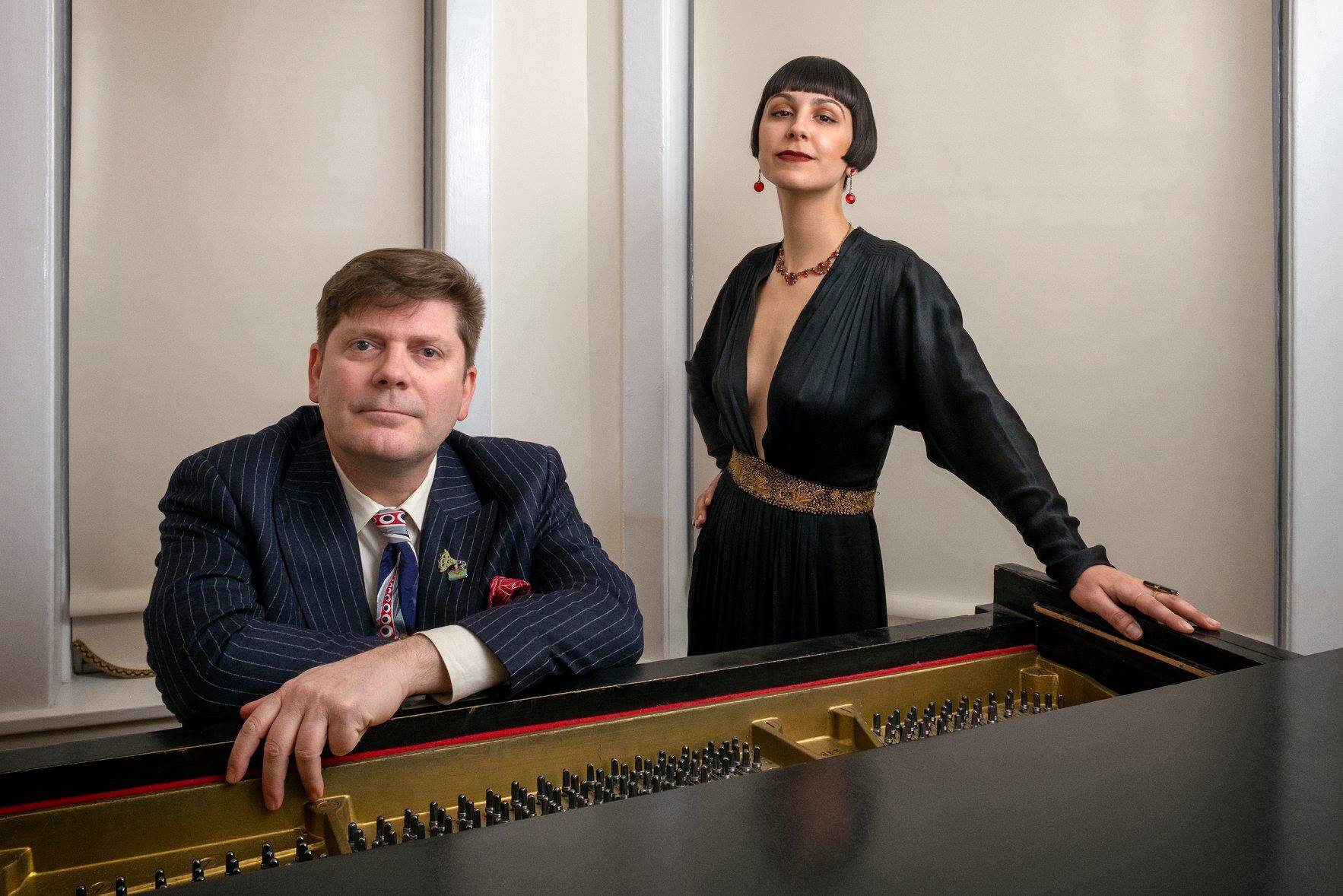
Paul Asaro has been the most incredible music partner. He is the best pianist I know and truly an exceptional accompanist. It is a breeze working with him and our musical partnership has grown so much over the last two years. It was Paul who first planted the seed in my head to record an album. He kept mentioning it here and there, saying, “You really should record an album! I’ll do the arrangements for it. It’ll be great!” Eventually, I came to the point when I thought the time was right and the work for “A Night in June” began!
The album was, in many ways, a collaborative effort between Paul Asaro and me because he transcribed and adapted all the arrangements from original recordings (except “Oh Me! Oh My!” which was arranged by Michael McQuaid of London) and was a more experienced sounding board for me to ask many questions to along the way.
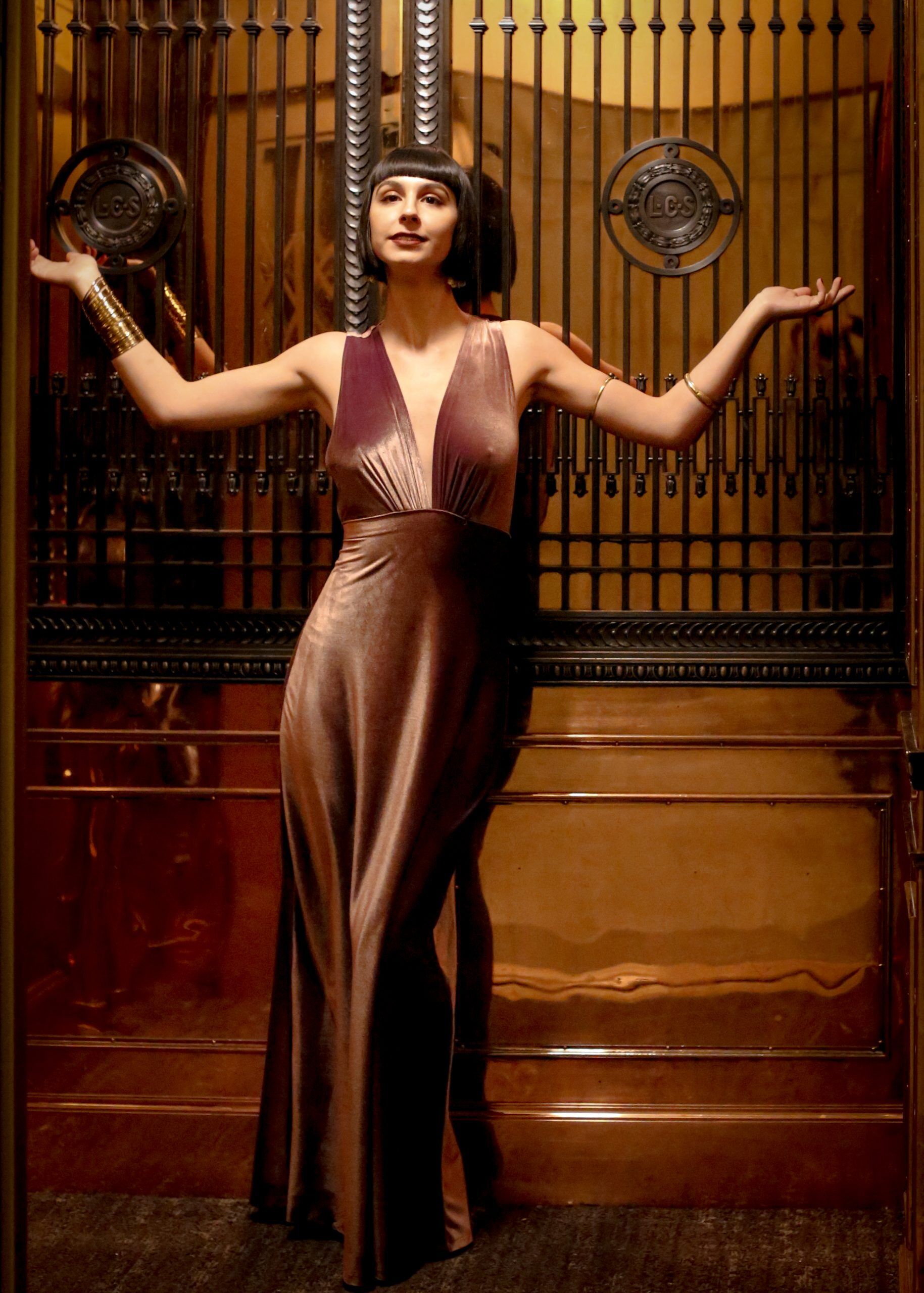 All of the band members were very accommodating throughout the whole process as well. They were so committed to the project and worked hard on each of their parts. Hal Smith, who played drums on “A Night in June,” even drove all the way from Arkansas to record with us all! However, I did all the admin work, as it is my album, and called the shots, so to speak. All the song choices were mine and I organized all of the booking, budget, rehearsals, recording studio time, and communicated with Bryan Wright of Rivermont Records about the CD aesthetic and other details.
All of the band members were very accommodating throughout the whole process as well. They were so committed to the project and worked hard on each of their parts. Hal Smith, who played drums on “A Night in June,” even drove all the way from Arkansas to record with us all! However, I did all the admin work, as it is my album, and called the shots, so to speak. All the song choices were mine and I organized all of the booking, budget, rehearsals, recording studio time, and communicated with Bryan Wright of Rivermont Records about the CD aesthetic and other details.
BH: Your style recalls the best-known vocalists, male and female, of the 20s. In the liner notes, you paid homage to Al Bowlly, Cliff Edwards and Frank Sylvano. Are there any other vocalists, male or female, from that period who had a large influence on you, and why?
RN: All of the vocalists that I mention in my liner notes for “A Night in June”—Al Bowlly, Cliff Edwards, and Frank Sylvano, had the biggest influence on me as a singer. I simply must talk more about the one who has continued to inspire me the most: Frank Sylvano, “The Golden Tenor.”
Sylvano performed from the mid-1920s through the 1930s in Chicago, often recording with notable orchestras like Isham Jones, Ben Bernie, and Charley Straight. He also had his own band in Chicago, though they made few recordings. The songs he either chose, or was chosen to sing by other bandleaders, were often beautifully romantic, with melodies and lyrics that are really affecting.
It’s not that Sylvano couldn’t sing a hot tune; he definitely could, and very well, but his voice shone on the romantic songs. Frank Sylvano is not well remembered, but his singing was truly exceptional! When I first heard his crooning out of the record player in Andy Schumm’s backyard one summer evening in 2018 I was completely awestruck. I felt like I was listening to someone who sang all the ideas I have as a singer, but perfectly and without fault.
I’d never been so awestruck before. How Sylvano sings so smoothly, bending notes so silkily, and gently brushing the high and low notes in the melody is really something unique. His voice adds a layer of romance to every tune he sings. Sylvano’s unique style is extremely difficult to imitate, but I aim to embody at least some of his silky, effortless sound in my own singing.
Another singer that has influenced me is Annette Hanshaw. She was one of the most popular female singers of the 1920s and 30s, and has a really musical quality to her voice. Her pitch is perfect, I love her unique stylistic flairs, and she also has an ingenious way of improvising. When she moves away from the melody and sings something different, it is always splendidly done and very playful. I would not say improvising off the melody is one of my biggest strengths, so I see in Annette many things I would like to be as a singer. She’s also very fun! She plays with each song she sings as if they were her toy, and sounds damn good doing it.
Bing Crosby, of course, has to be mentioned. Bing is perfect, that’s all anybody need know, but I suppose I’ll expand on that. Bing has perfect pitch, incredible dynamics, and can sing hot and mellow tunes with equal quality. I truly think he was one of the most versatile singers of his time, which is probably why his career lasted for decades past the jazz age. I am particularly impressed by Bing’s use of dynamics. He used the volume of his voice as a powerful tool of expression. He will belt it out for one moment, then sing so softly the next. This created such beautiful emphasis on his moments of choice, and only goes to illustrate the incredible control he had over his voice. He knew exactly what he was doing and everything he did was so clearly intentional. I will never cease to be impressed by that.
Russ Columbo was, in many ways, the biggest rival of Bing Crosby in the 1930s. They were both baritones and two of the most popular crooners of the time. Russ Columbo has earned a place on my “favorite singers” list as well. He was a true romantic, nicknamed the “Romeo of the Air” on the radio, and you can see it by the songs he chose to record and how he renders them.
His voice is smooth as butter and thick as honey, crooning “I’m Just a Prisoner of Love” with such emotion it sounds as if he is singing directly to his lover. This level of emotionalism is what I enjoy most about Russ Columbo. He made the story of each song come alive. I find, as a singer, you are telling the story of every song you sing. Each lyric is there to tell that story and, in order to tell it well, you must, for a moment, step into that story and live it while you sing. If it is a song of heartbreak, you are heartbroken while you sing. If it is an exciting and fun song, you should sing the lyrics in a jovial way. Russ Columbo employs this empathetic way of singing like few others. It’s one of the traits that make him an exceptional singer and why I deeply admire him.
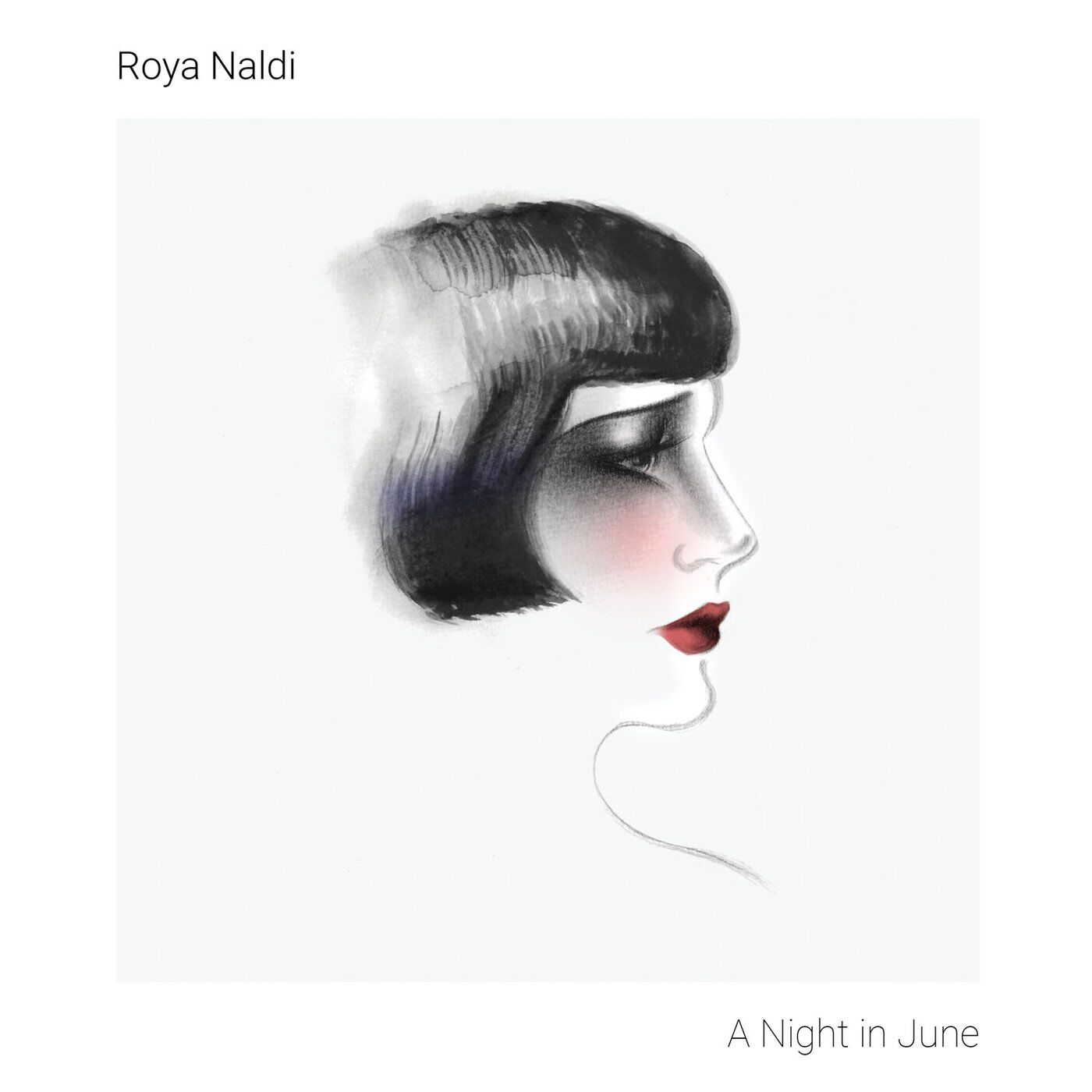 BH: The artwork in your new CD is different from what Rivermont typically produces. Did you have a role in the design? What was the image you were seeking to project?
BH: The artwork in your new CD is different from what Rivermont typically produces. Did you have a role in the design? What was the image you were seeking to project?
RN: I definitely had a very specific vision for the album cover of “A Night in June.” I am young, and I wanted my music to appeal to a younger crowd with simply the aesthetic of it!
I really like clean lines and I had the idea for a beautifully minimal cover. I wanted something that evoked an art deco, vintage feel, implying that this is not current style music, yet that was modern and simple in its design. The album cover turned out exactly how I envisioned! I can thank the talented Jacqueline May for the beautiful custom artwork she did for the cover and Jihad Lahham for helping me realize my vision for the overall design. They made the album cover a masterpiece!
BH: Do you work with bands or pianists outside of Chicago, and if so, with whom and where?
RN: Honestly, I don’t on a regular basis! It’s a rare occasion that I perform with a pianist besides Paul Asaro or with a band other than the Chicago Cellar Boys. I have really been focusing my energy on getting work for myself in the city I live in. Only in the last year have I really begun to make breakthroughs as a singer and gain some notice in the scene. So, I hope to travel and collaborate more with other musicians in the future. I was booked to perform at Whitley Bay Jazz Festival in November of this year, which I was very excited for! I was also scheduled to have a small tour in England this August, but because of COVID-19, it was all postponed until next year. I keep telling myself, “Good things take time!”
BH: That’s a great place to end. Thank you so much! I’m looking forward to hearing more from you.
Bill Hoffman is a travel writer, an avid jazz fan and a supporter of musicians keeping traditional jazz alive in performance. He is the concert booker for the Tri-State Jazz Society in greater Philadelphia. Bill lives in Lancaster, PA. He is the author of Going Dutch: A Visitors Guide to the Pennsylvania Dutch Country, Unique and Unusual Places in the Mid-Atlantic Region, and The New York Bicycle Touring Guide. Bill lives in Lancaster, PA.






















